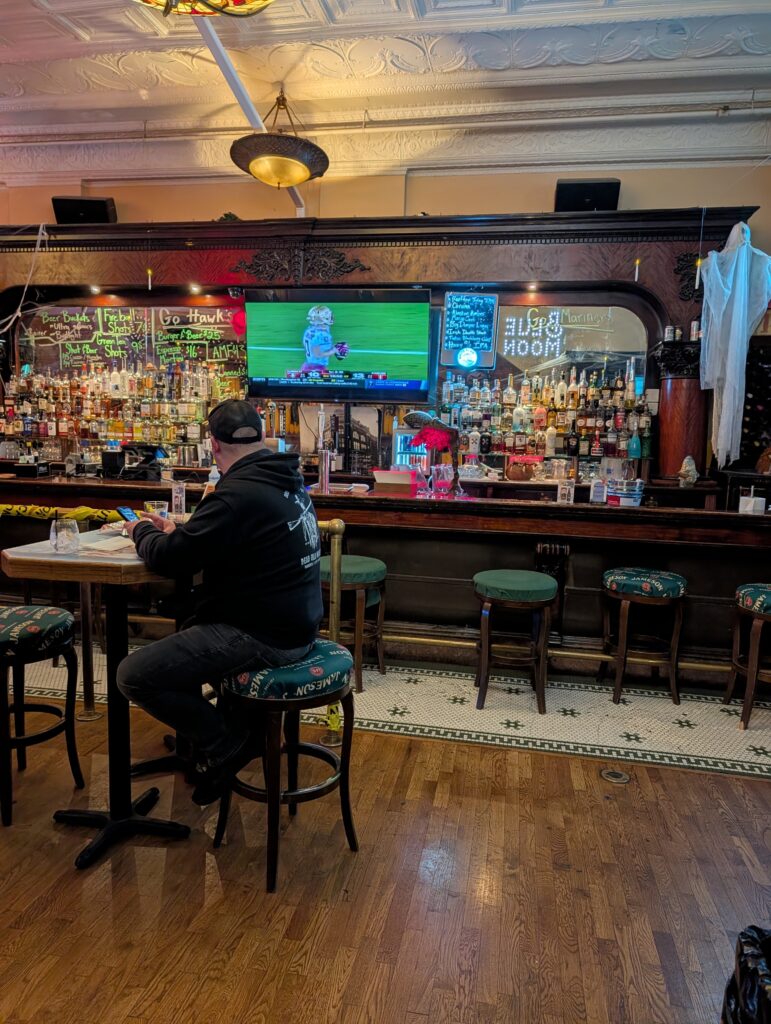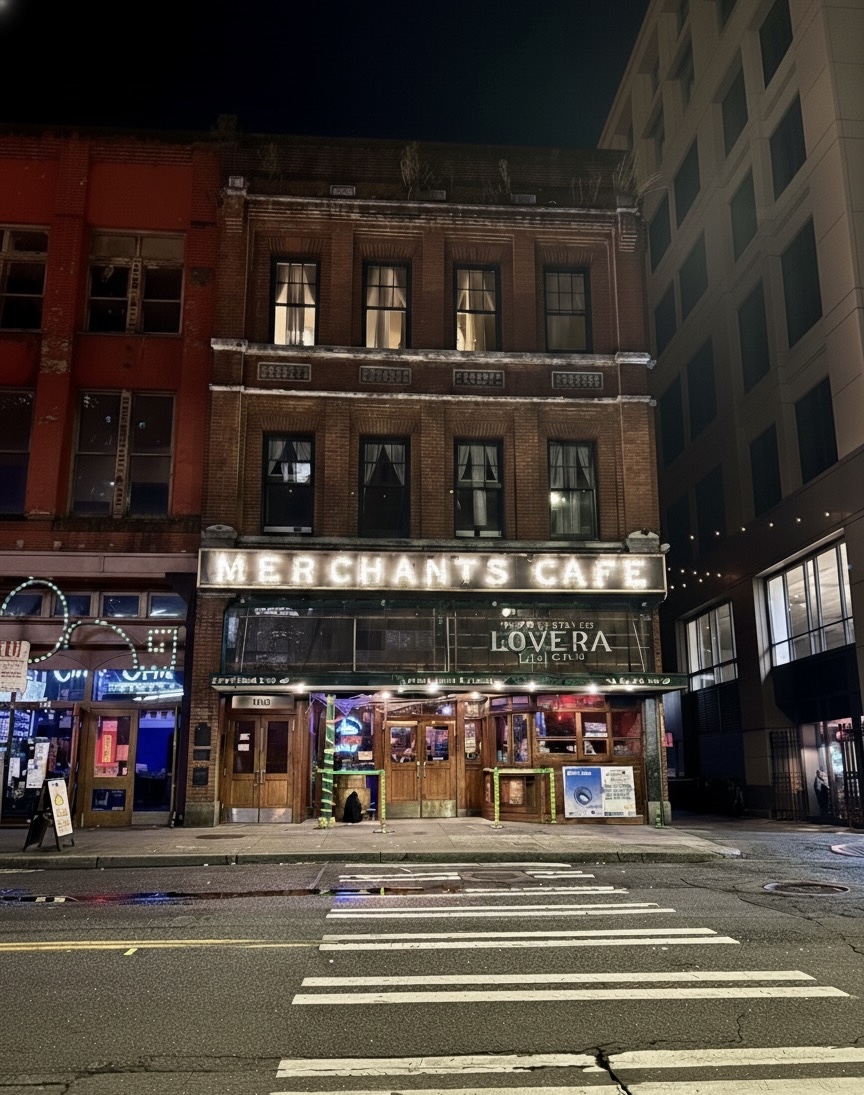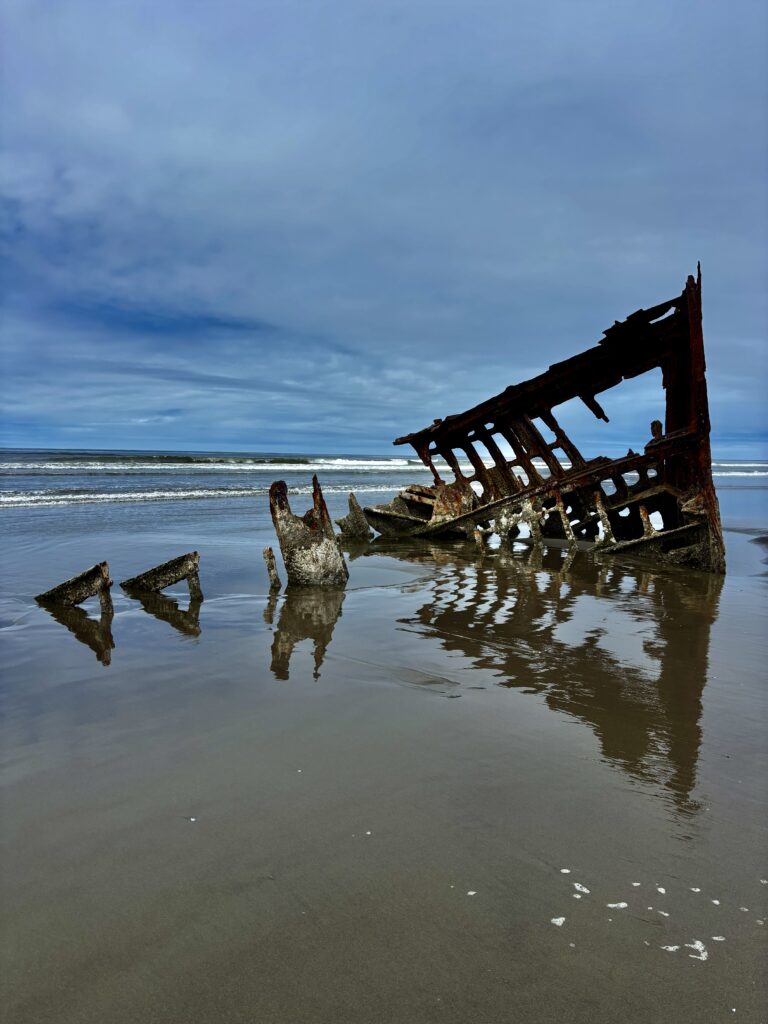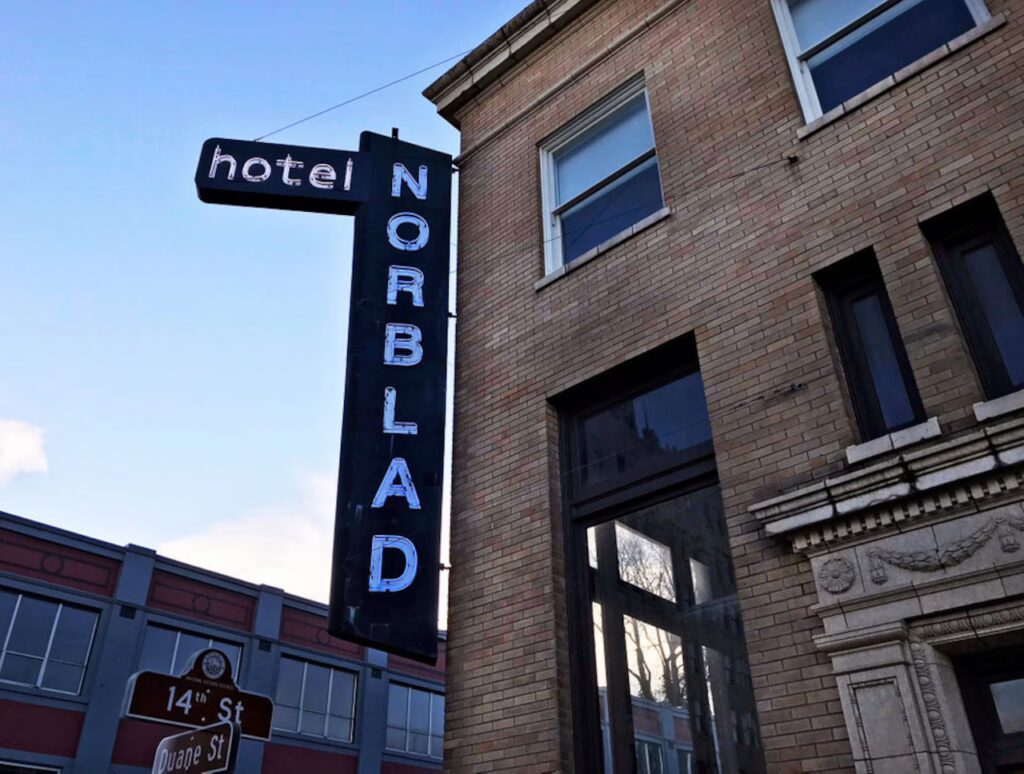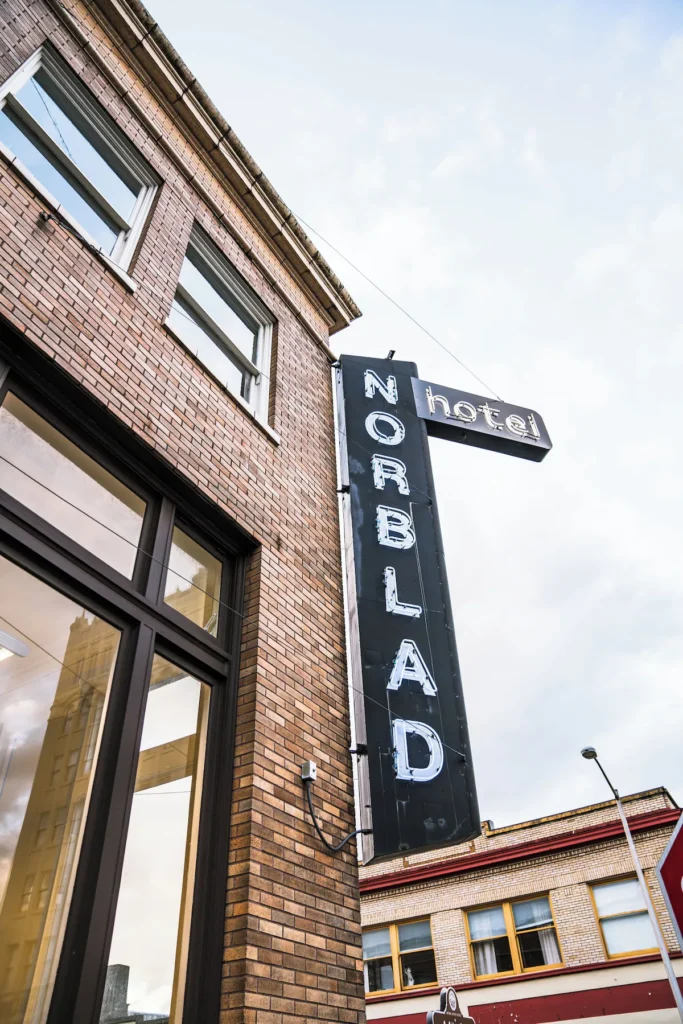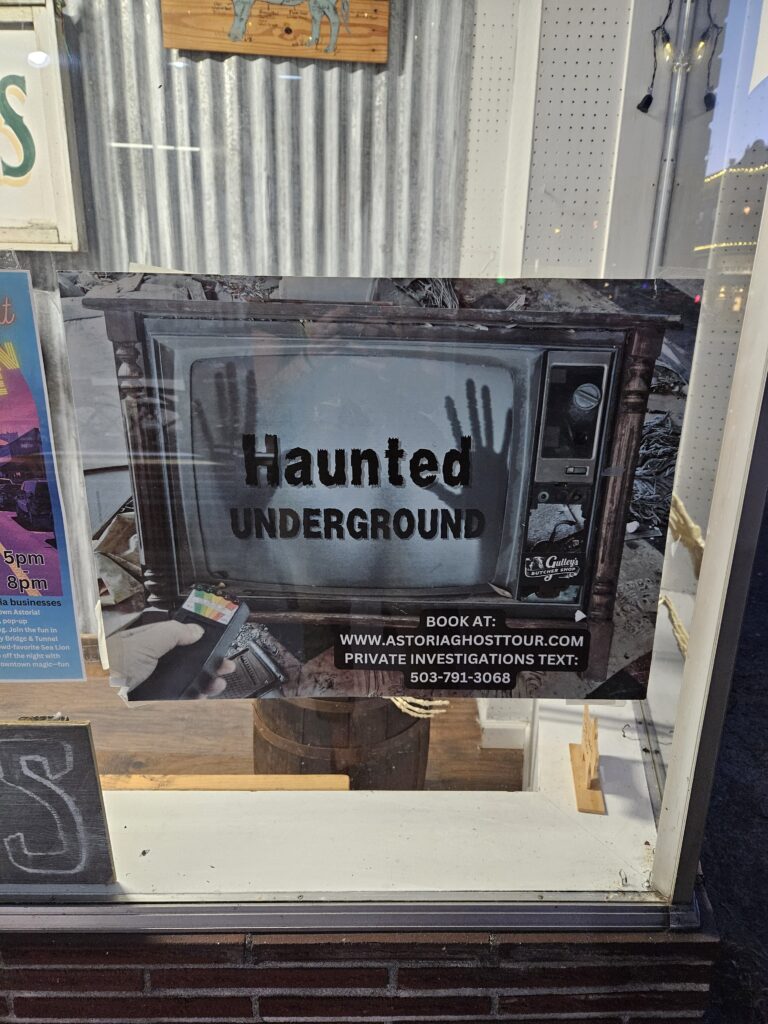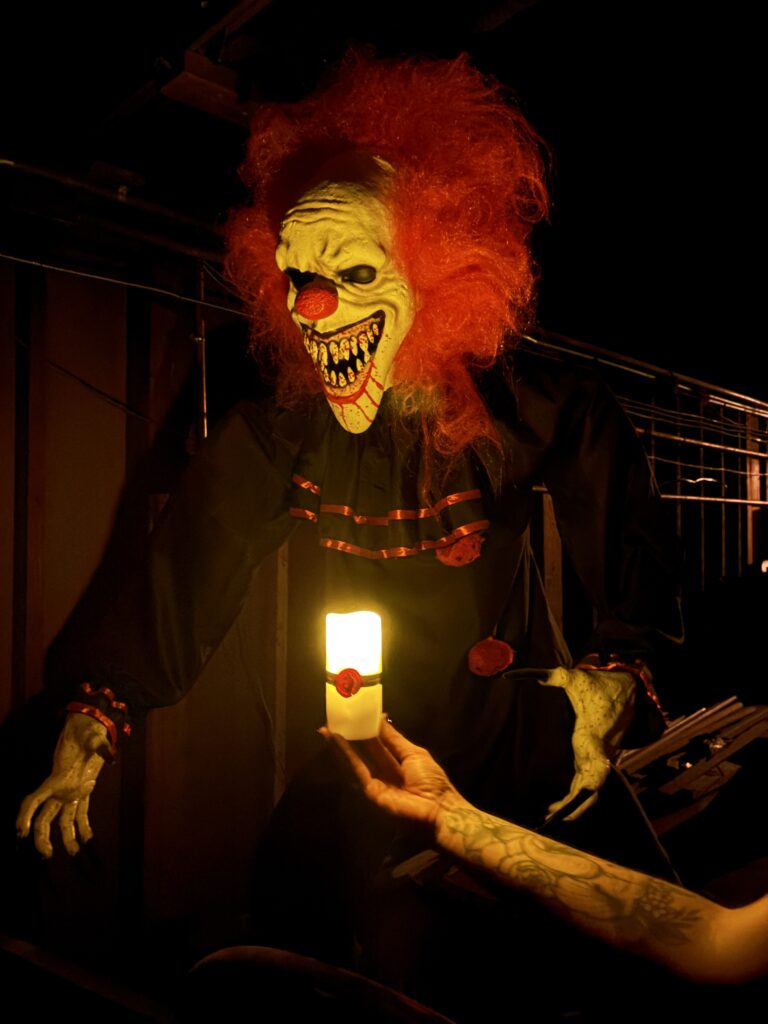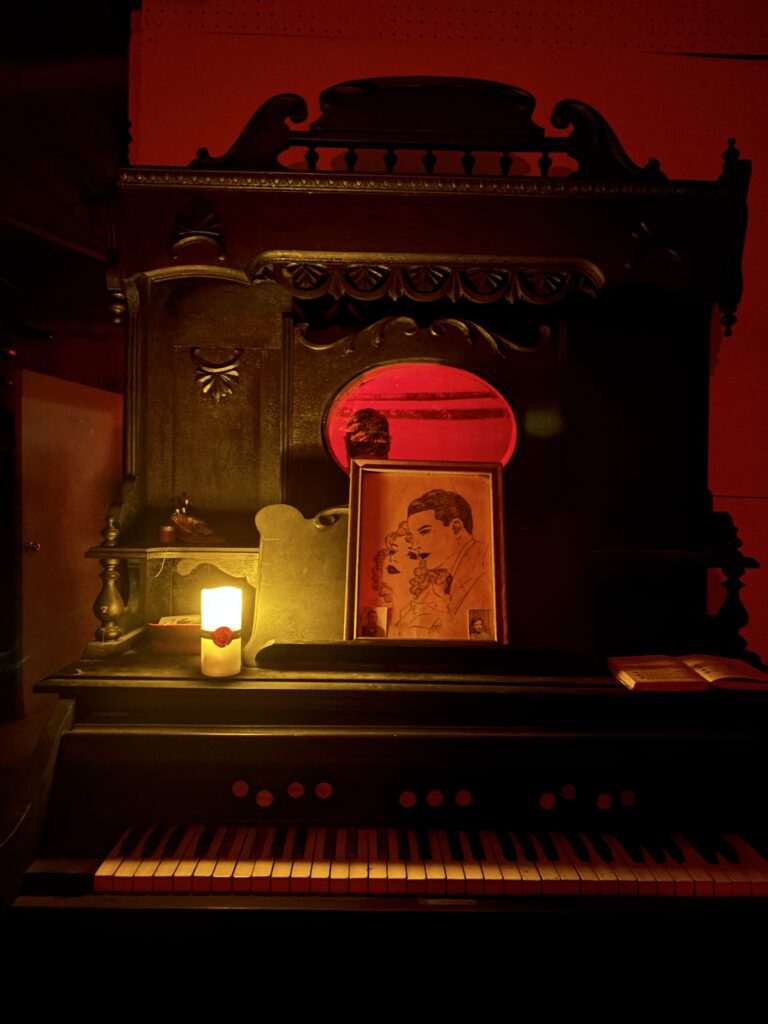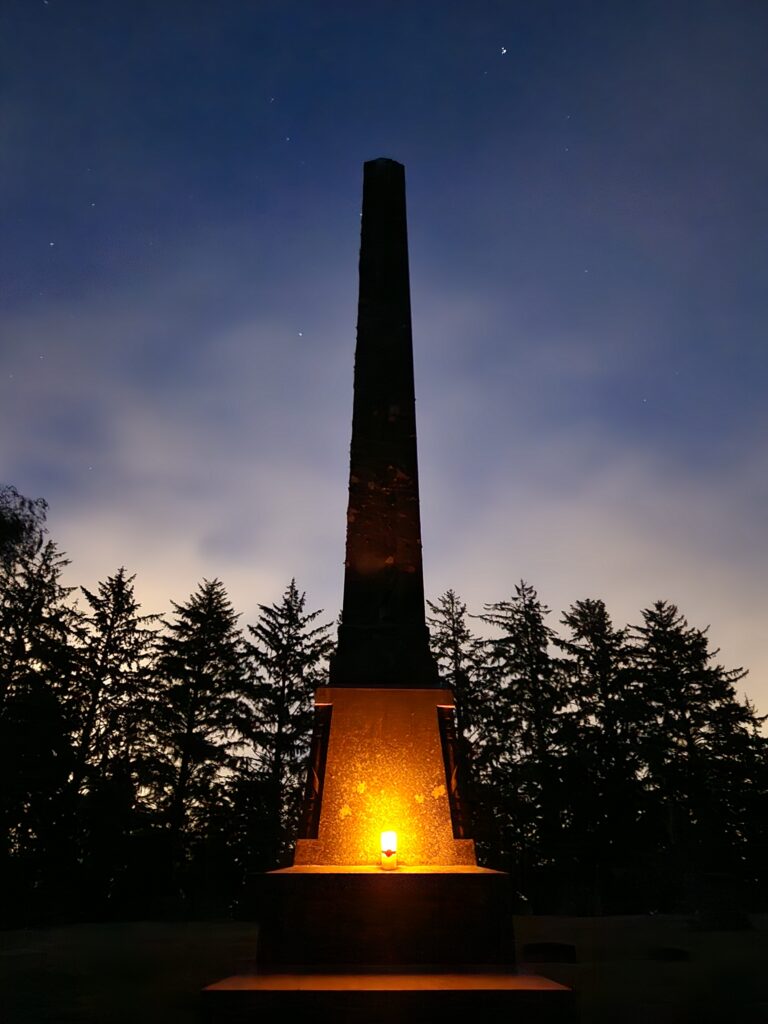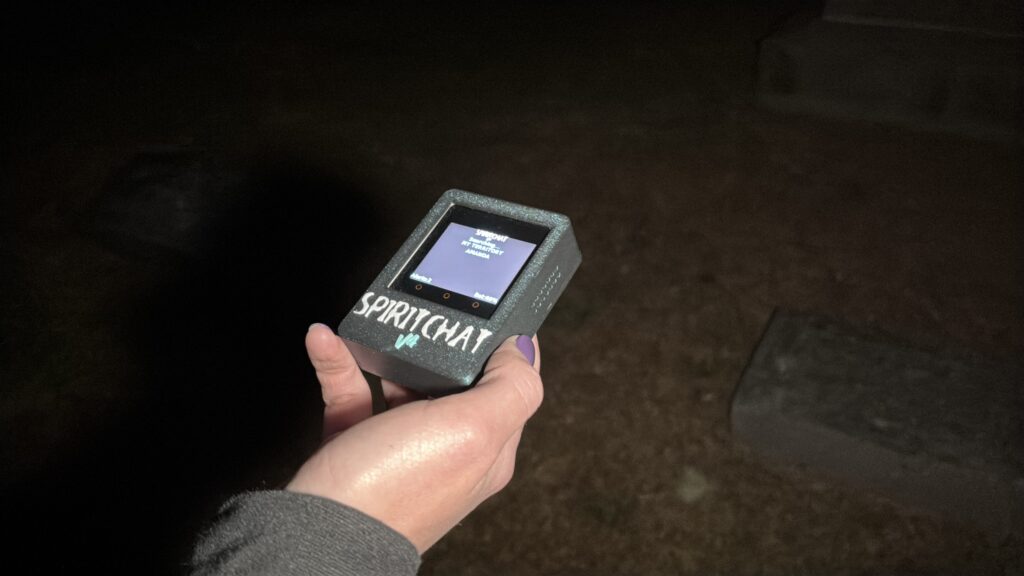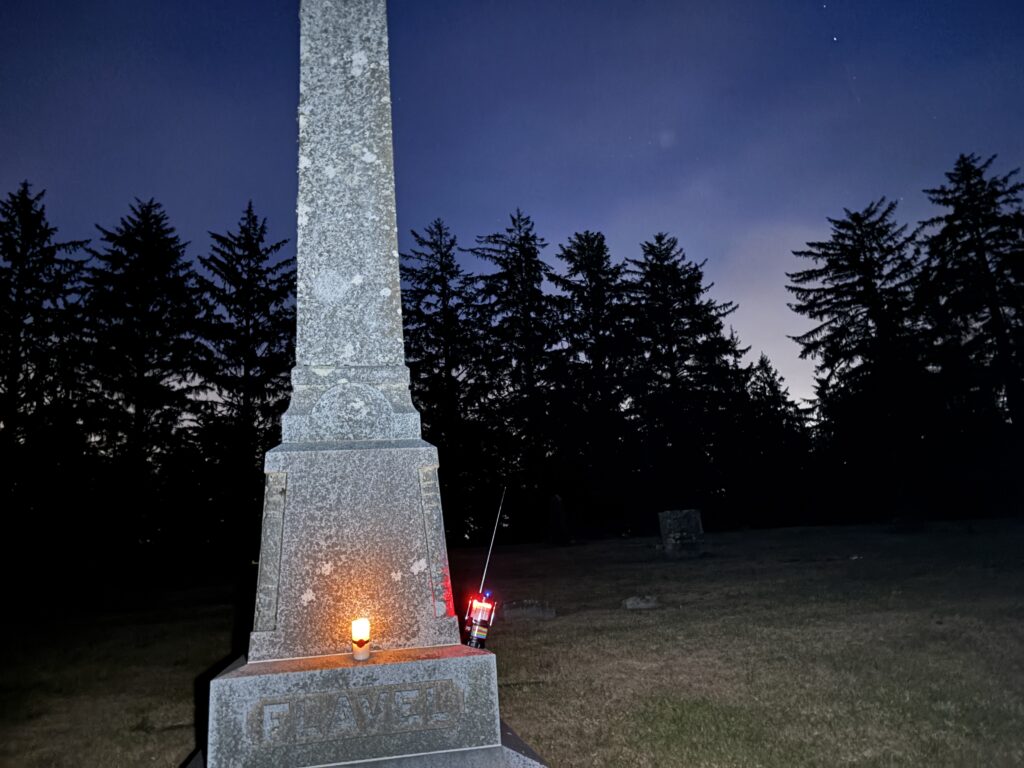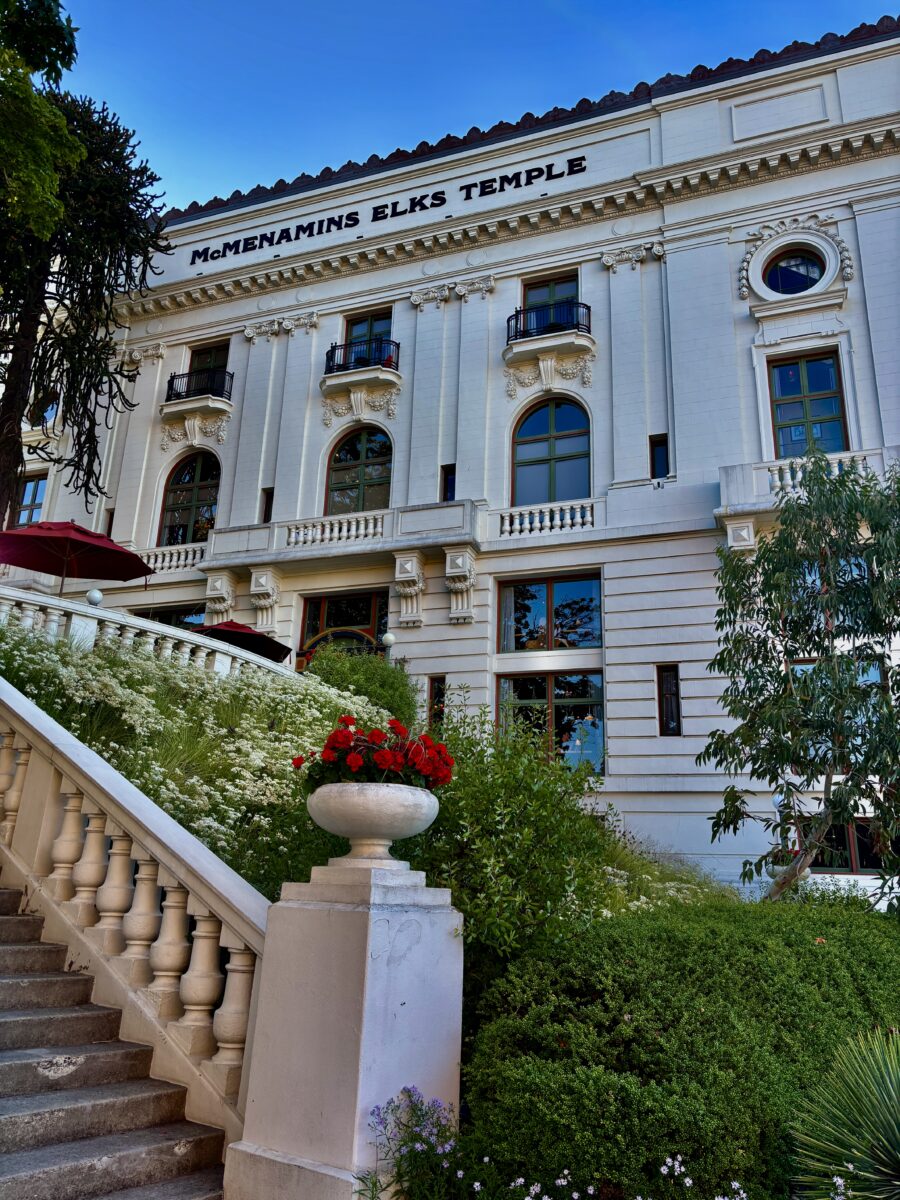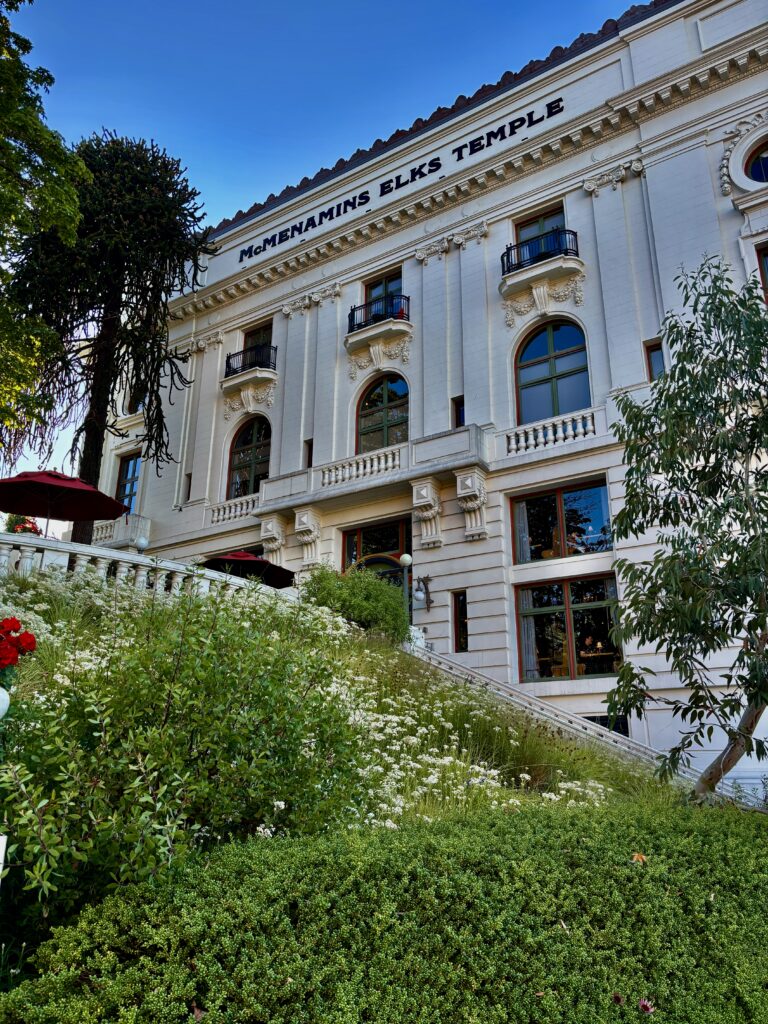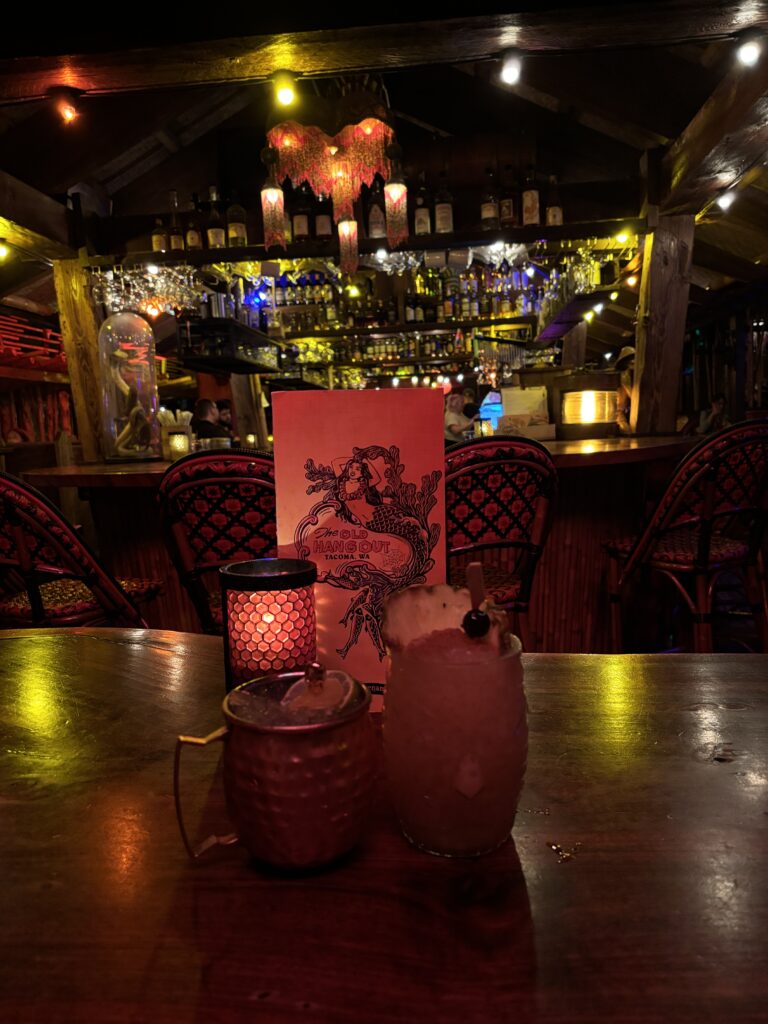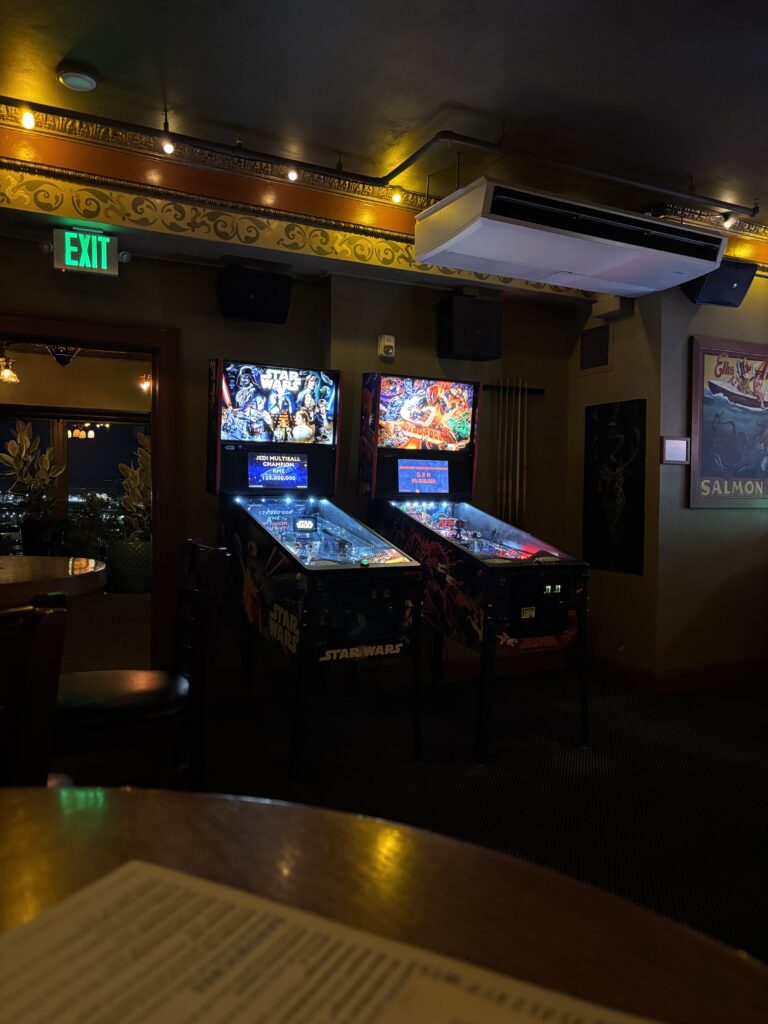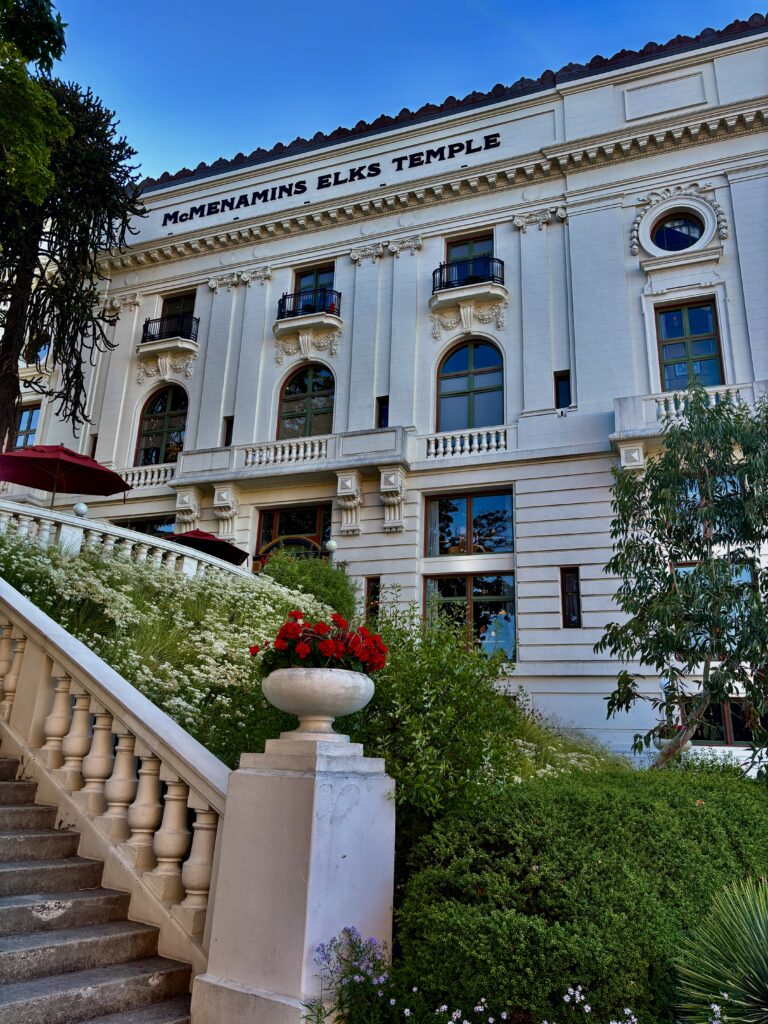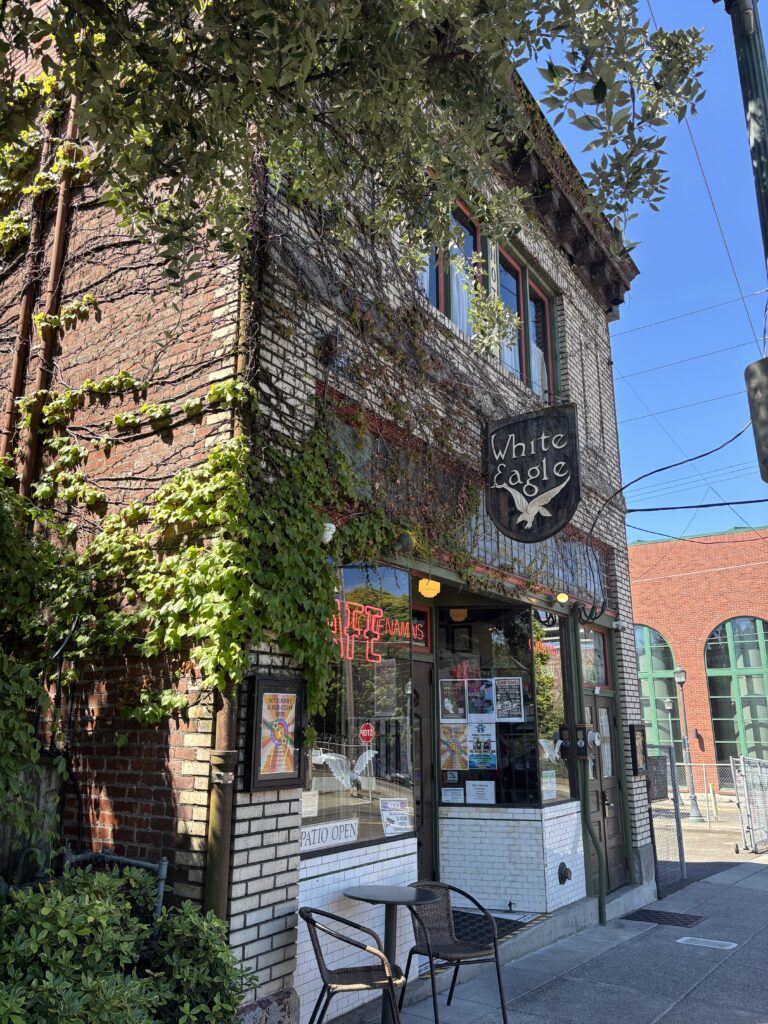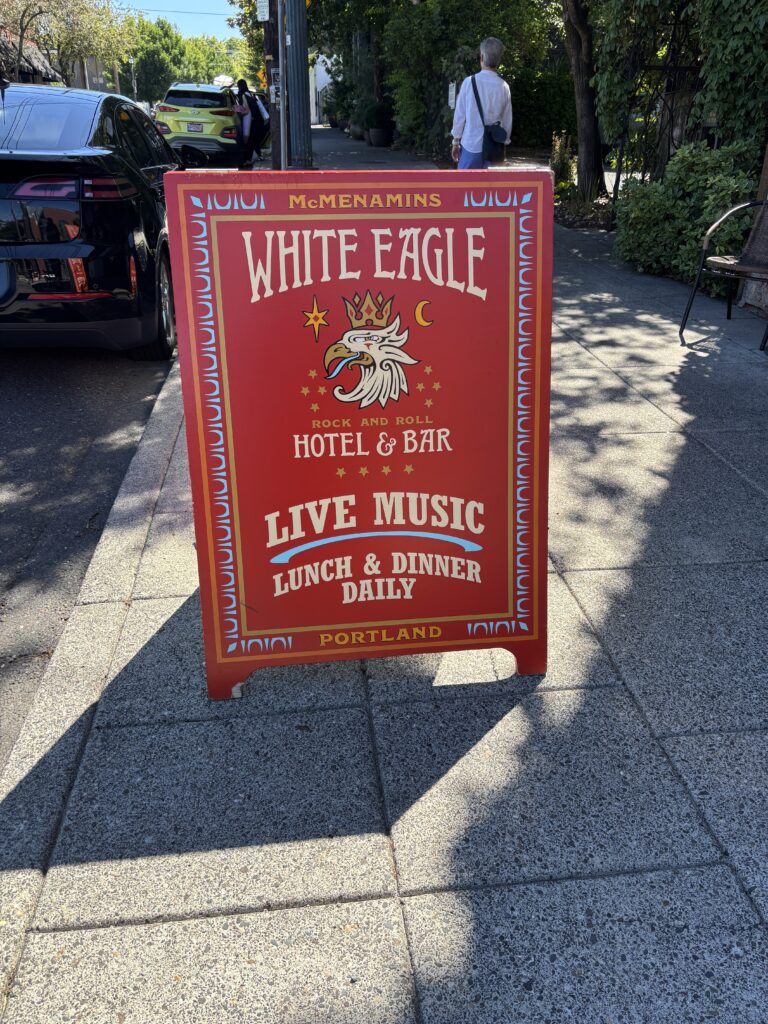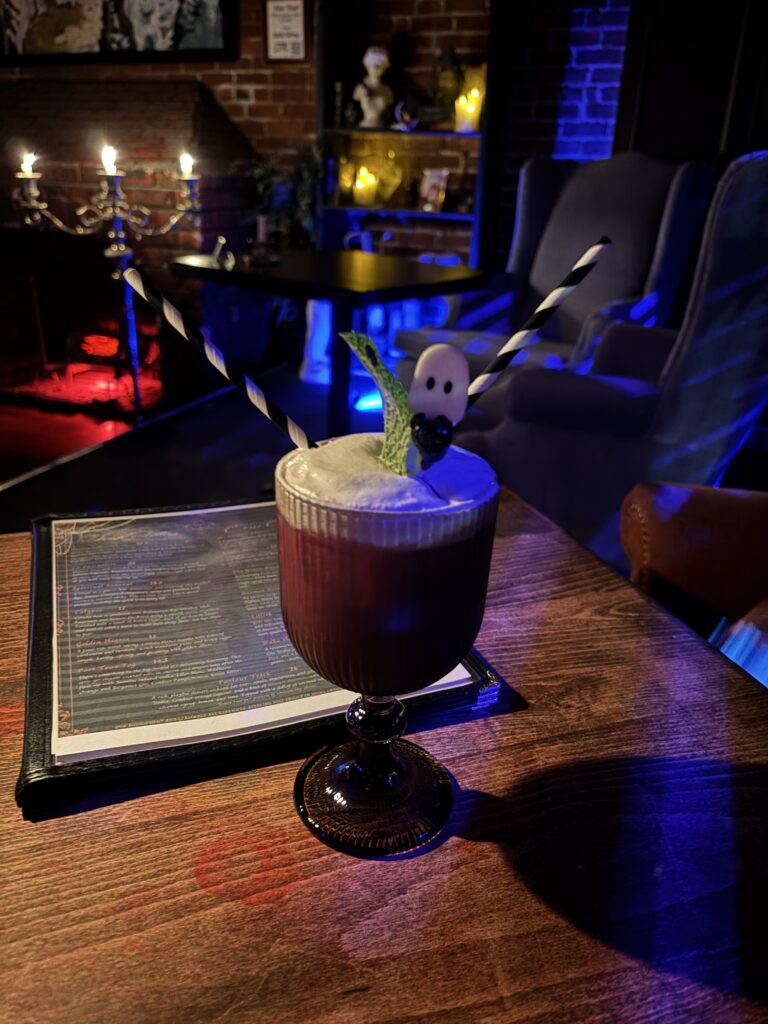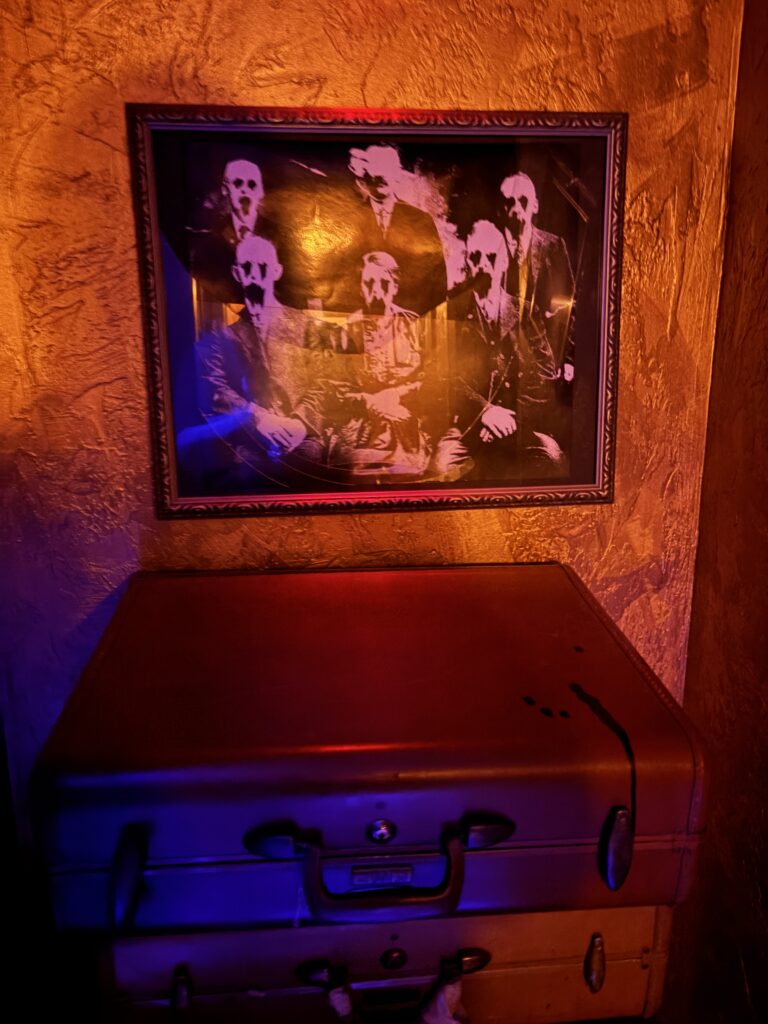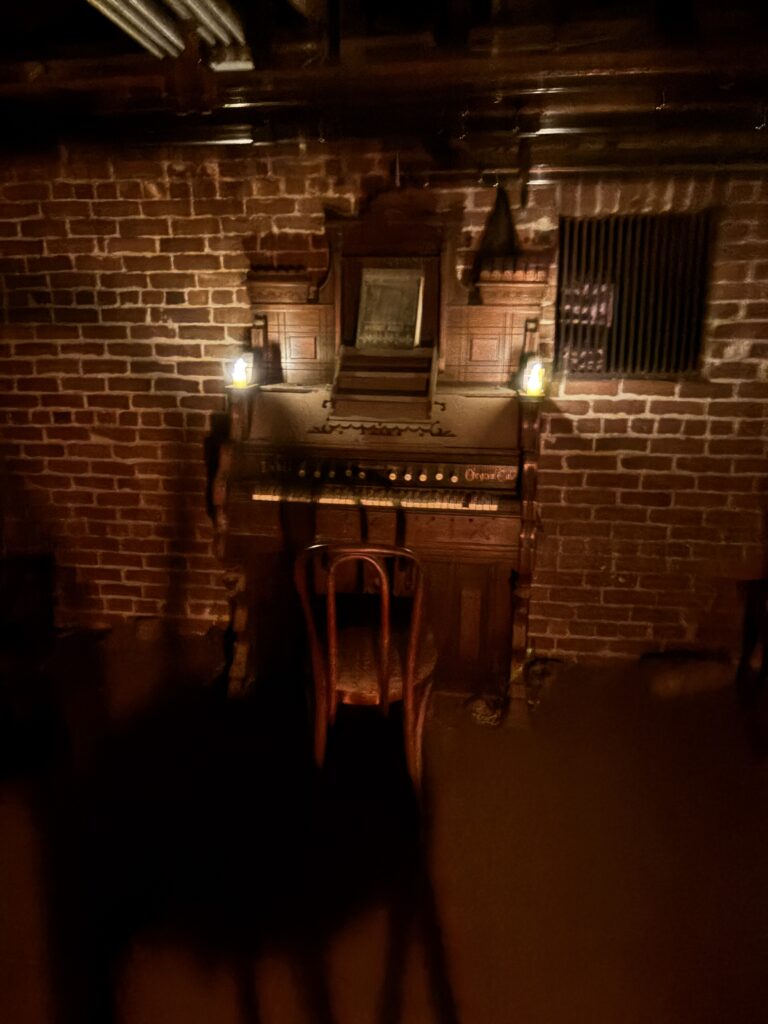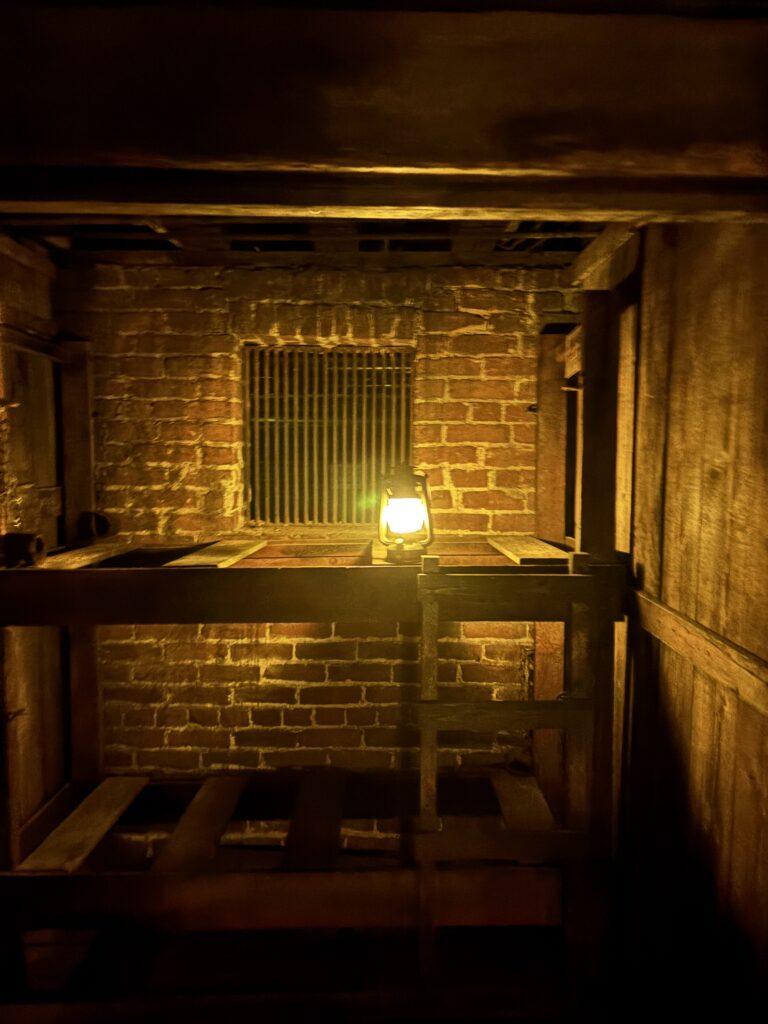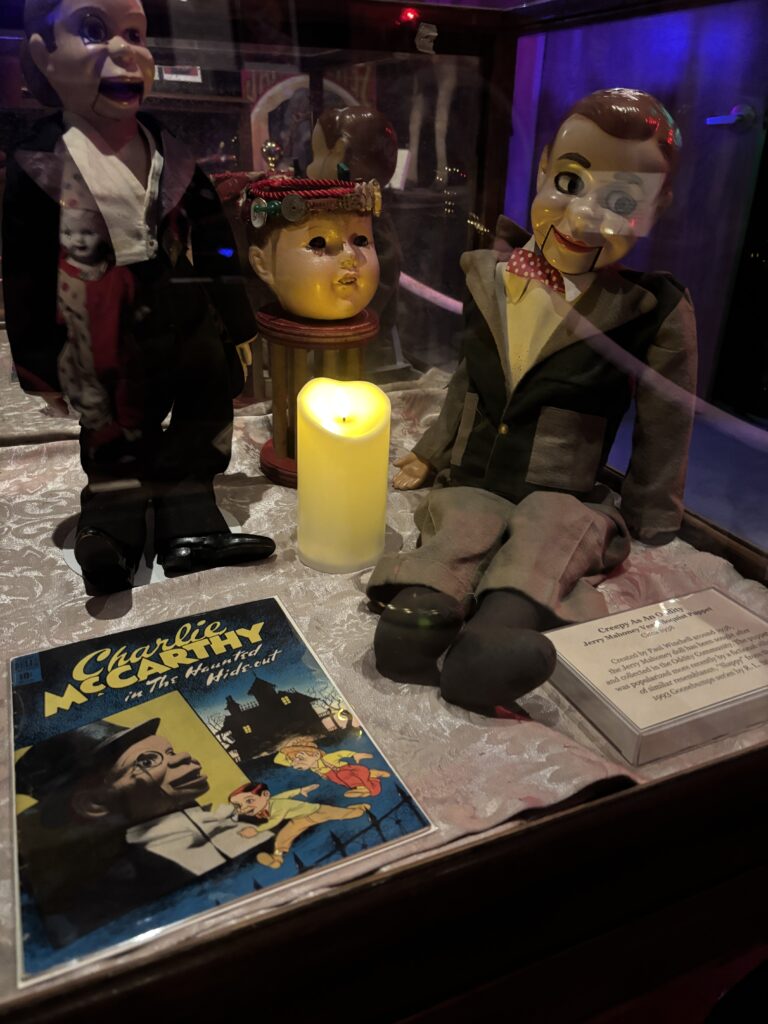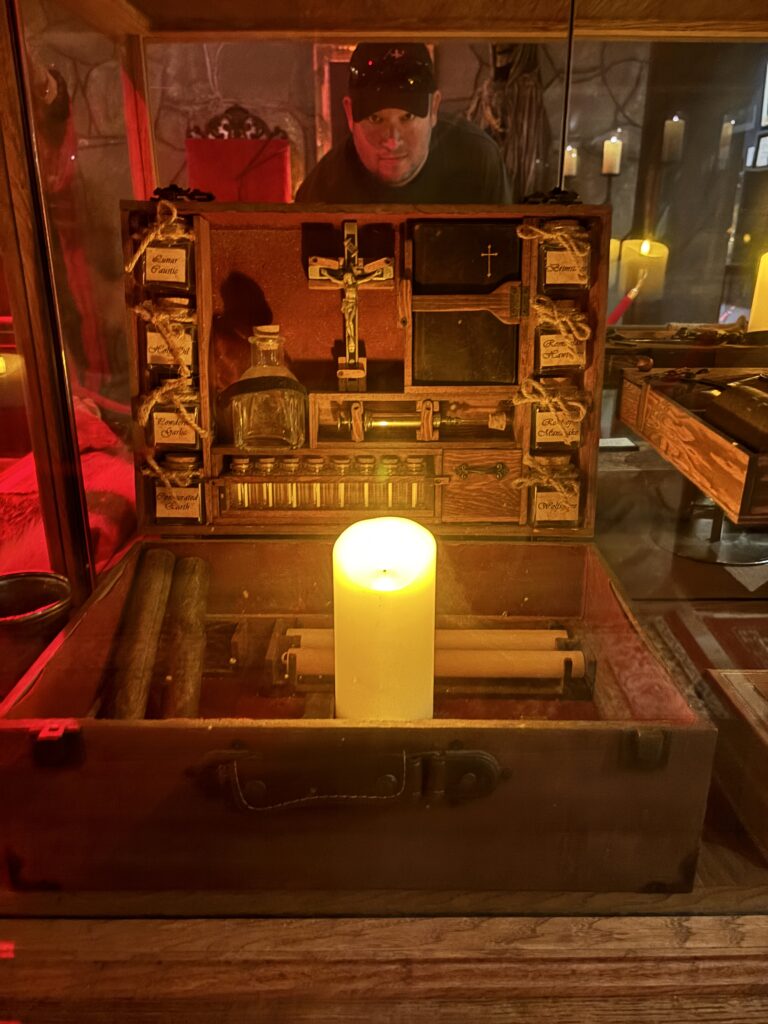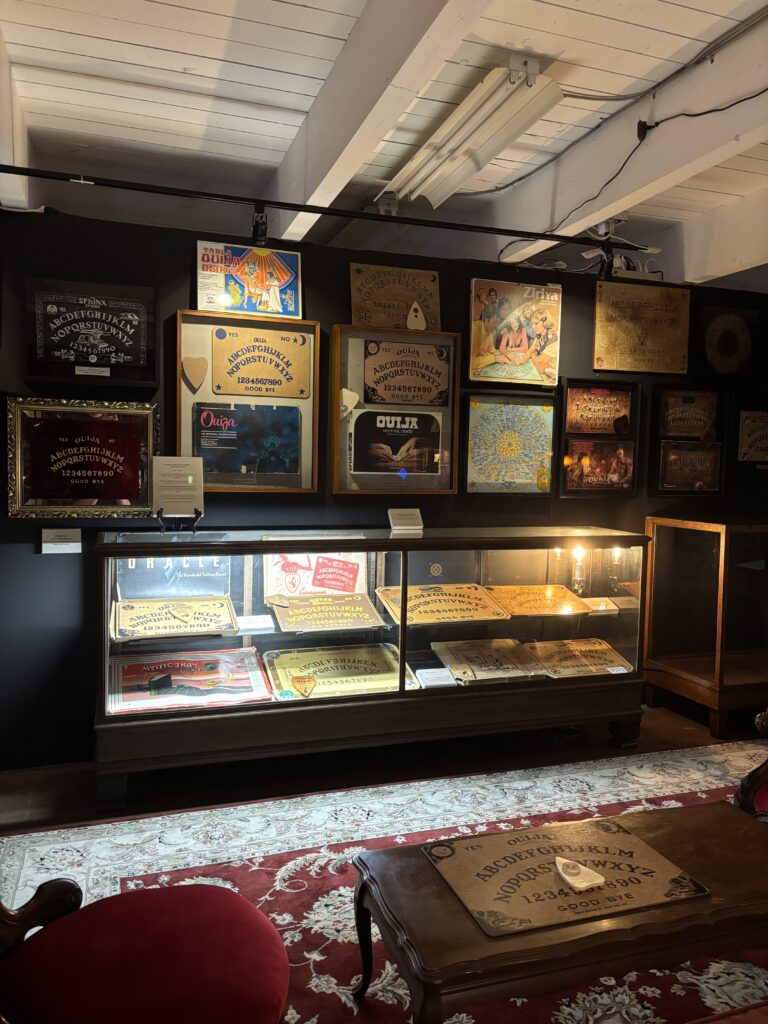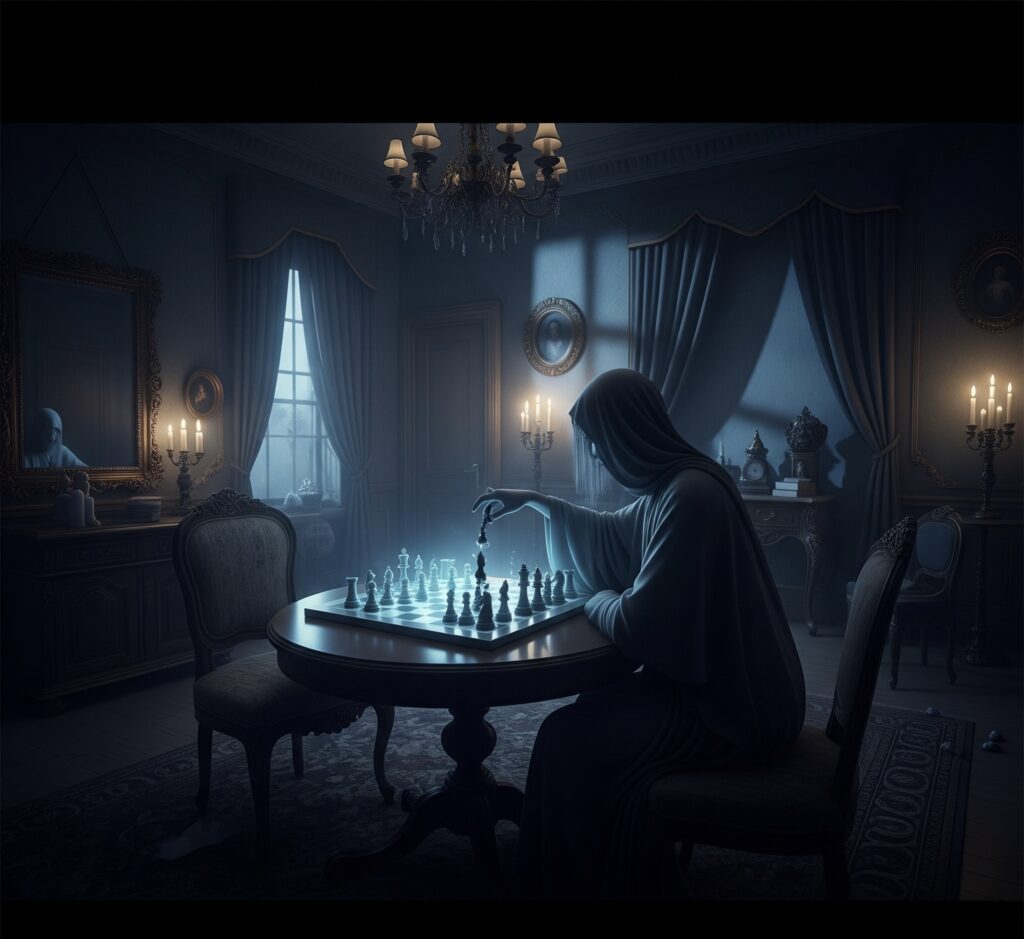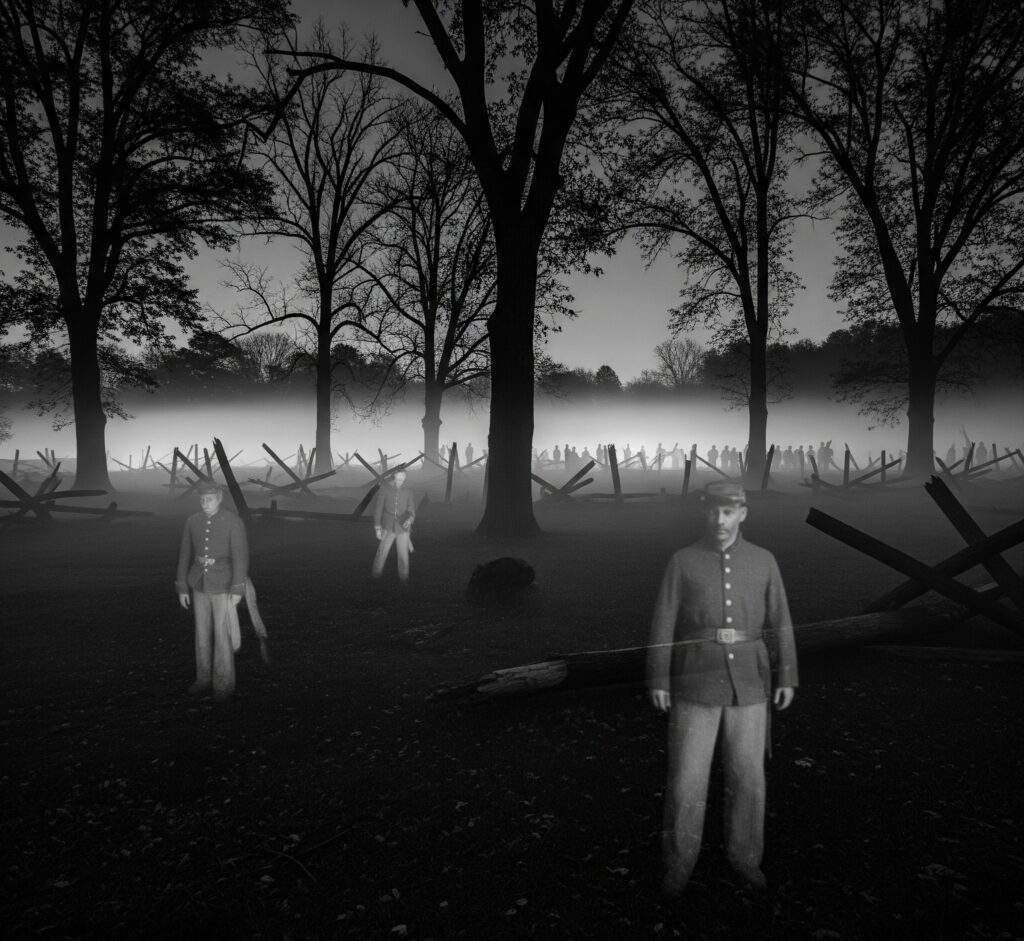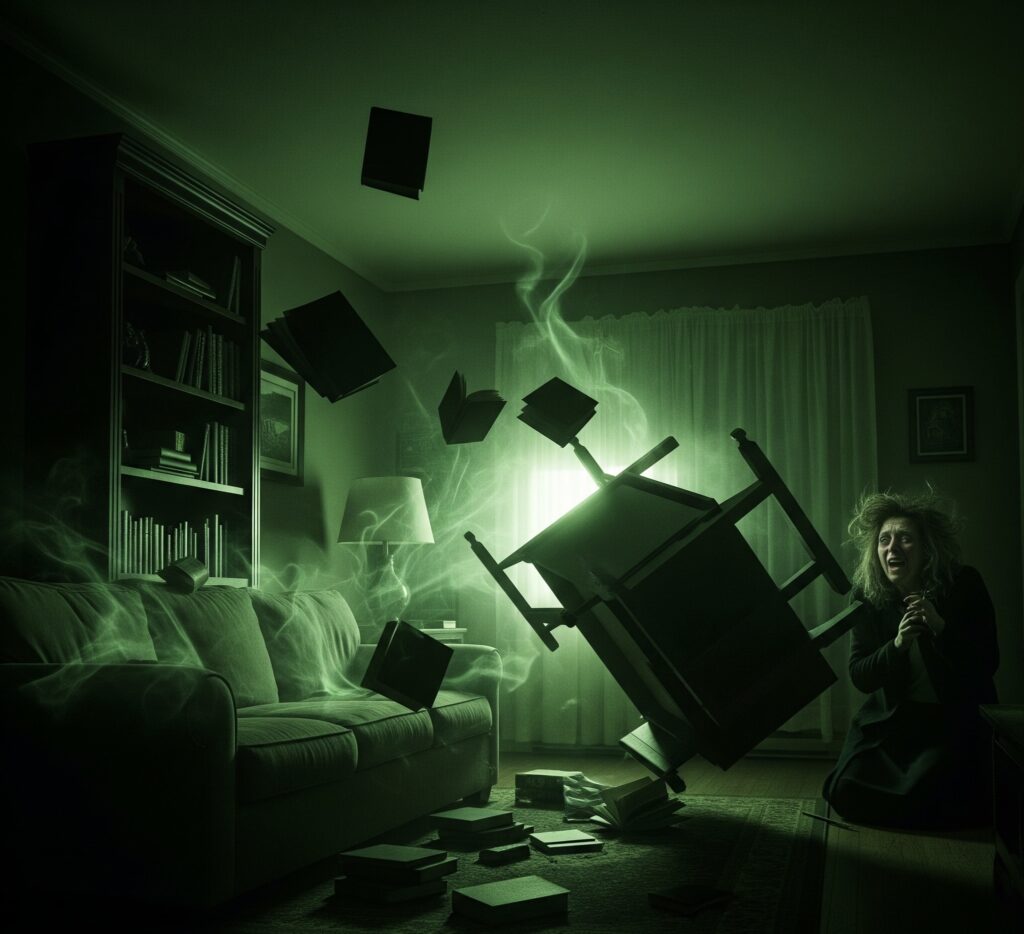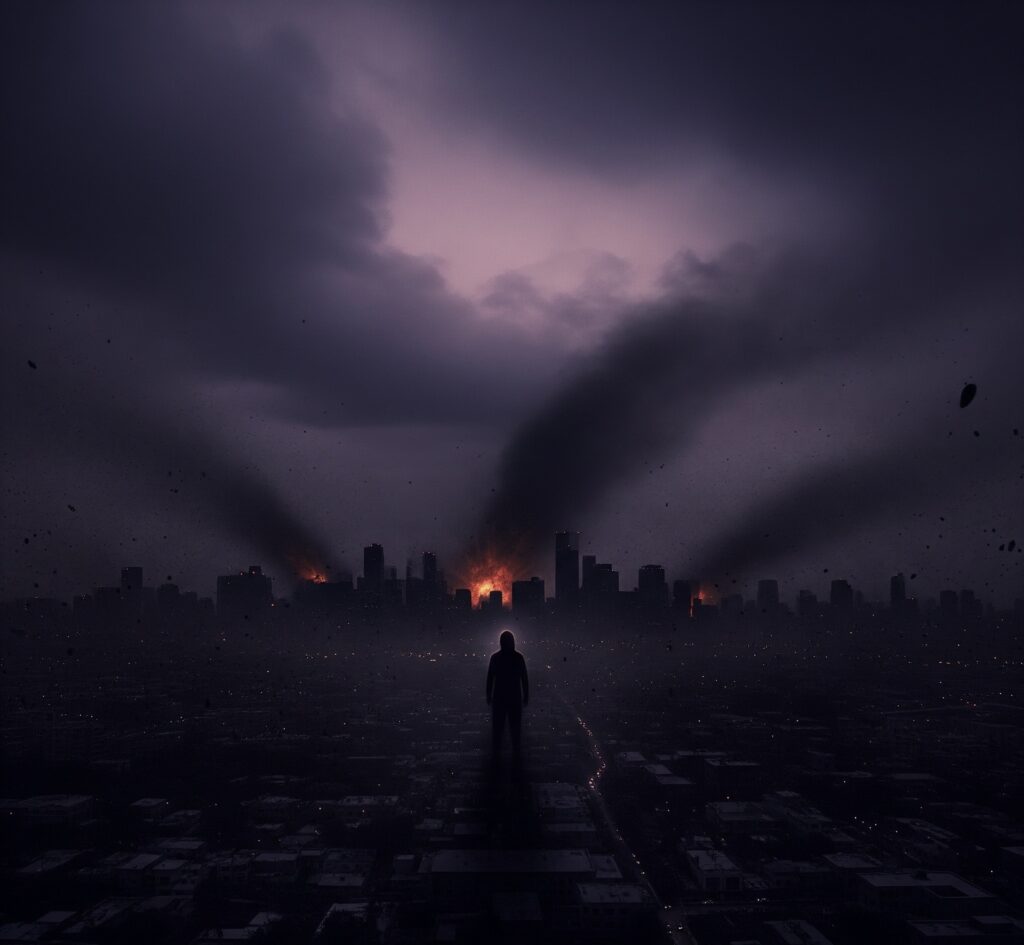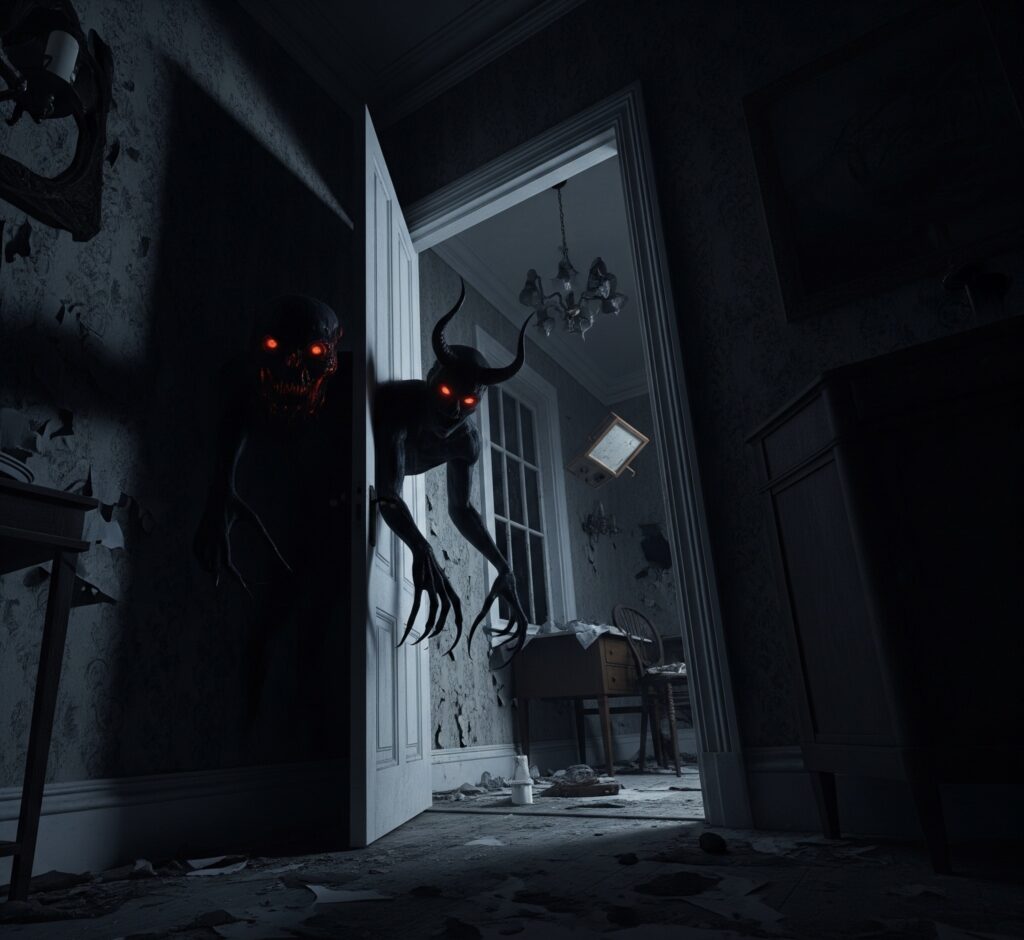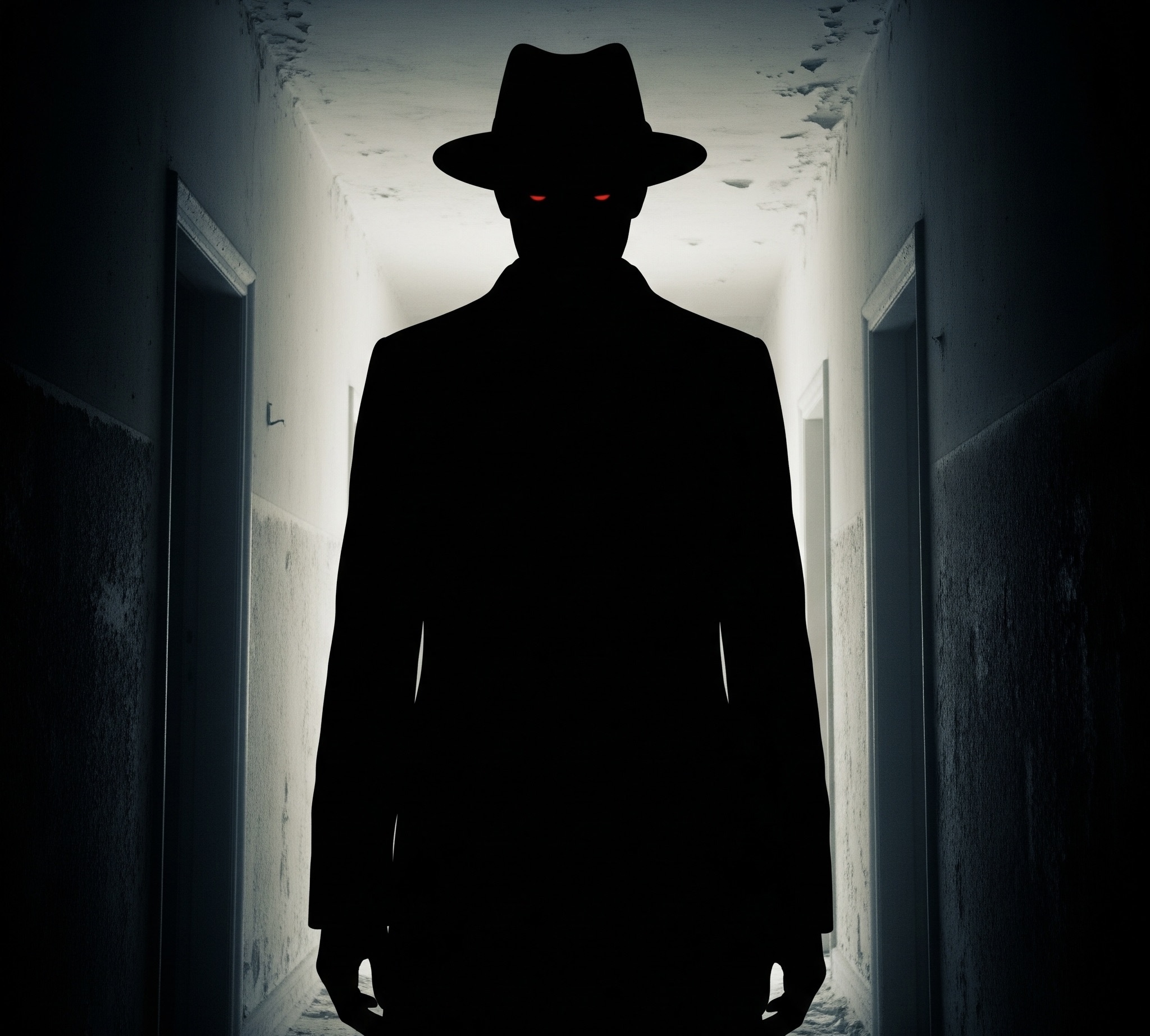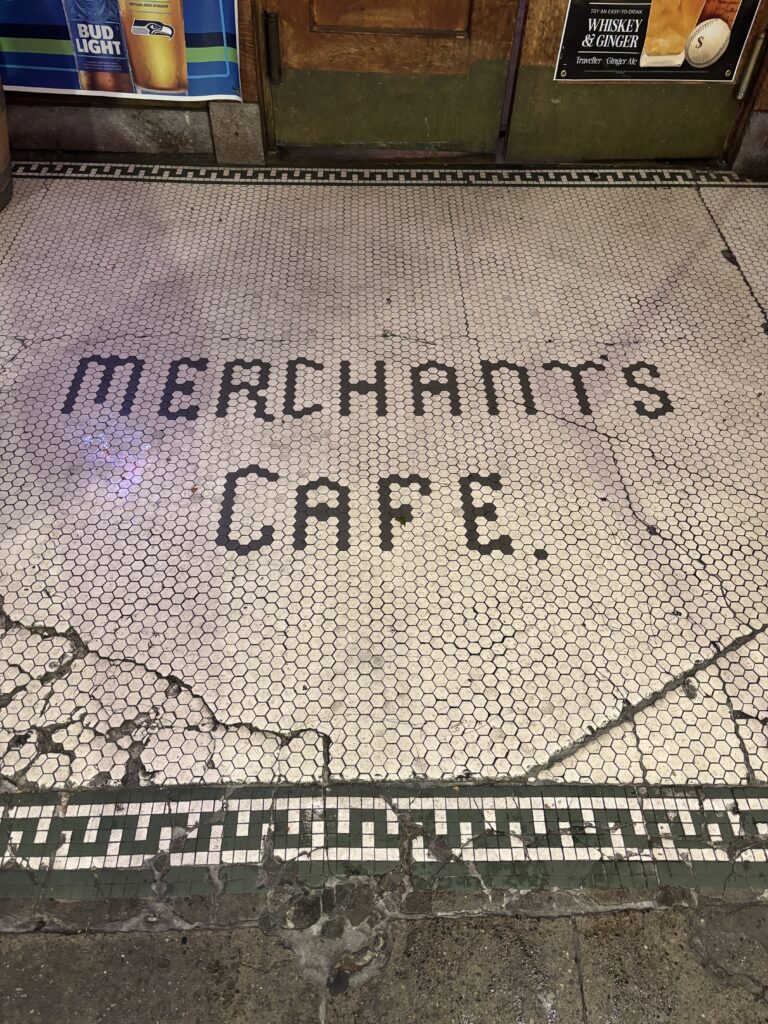
If you love places that look and smell like a hundred years of stories, Merchant’s Cafe & Saloon in Pioneer Square is must-see Seattle nostalgia. Tucked at 109 Yesler Way in the heart of downtown/Pioneer Square, it bills itself as Seattle’s oldest standing restaurant — and walking under that battered marquee feels like stepping into a sepia photograph.

What it’s like inside
The dining room and bar are warmly old-school: a long century-old wooden bar, pressed-tin ceiling, buckboard-worn floors and vintage pictures on the walls. The vibe is very cozy — lots of wood, low lighting, and small nooks that invite lingering over a drink or a long meal. That same vintage charm, though, can also mean the place shows its age; on my visit (and in a handful of traveler reviews) you can find spots that feel a little grubby — bits of wear that some people call “character” and others just call “dirty.” If pristine is your thing, factor that into your expectations. (Staff and management have, over the years, done restorations and maintenance, but the building is old and frays in places.)

1. Historic Foundations
The building housing Merchant’s was rebuilt after the Great Seattle Fire of 1889, which razed much of Pioneer Square.
- In the aftermath, the property was reconstructed circa 1890 as the Sanderson Block, designed to host a liquor store/café on the ground floor and hotel rooms above.
- By 1892 it became the “Merchant’s Exchange Saloon” under new ownership, and the upstairs began accepting hourly rentals — discreetly a brothel in effect.
- The architecture is of brick, with pressed-tin ceilings, original wooden bar shipped around Cape Horn, and retains much of its late-19th-century interior.
- A historic designation references the property at 109 Yesler Way as part of Pioneer Square’s National Register listing, with the original date of construction circa 1889-1890.
So when you walk in, you’re literally sitting in the echoes of miners, lumberjacks, gold-rush hopefuls, and the urban underbelly of turn-of-the-century Seattle.
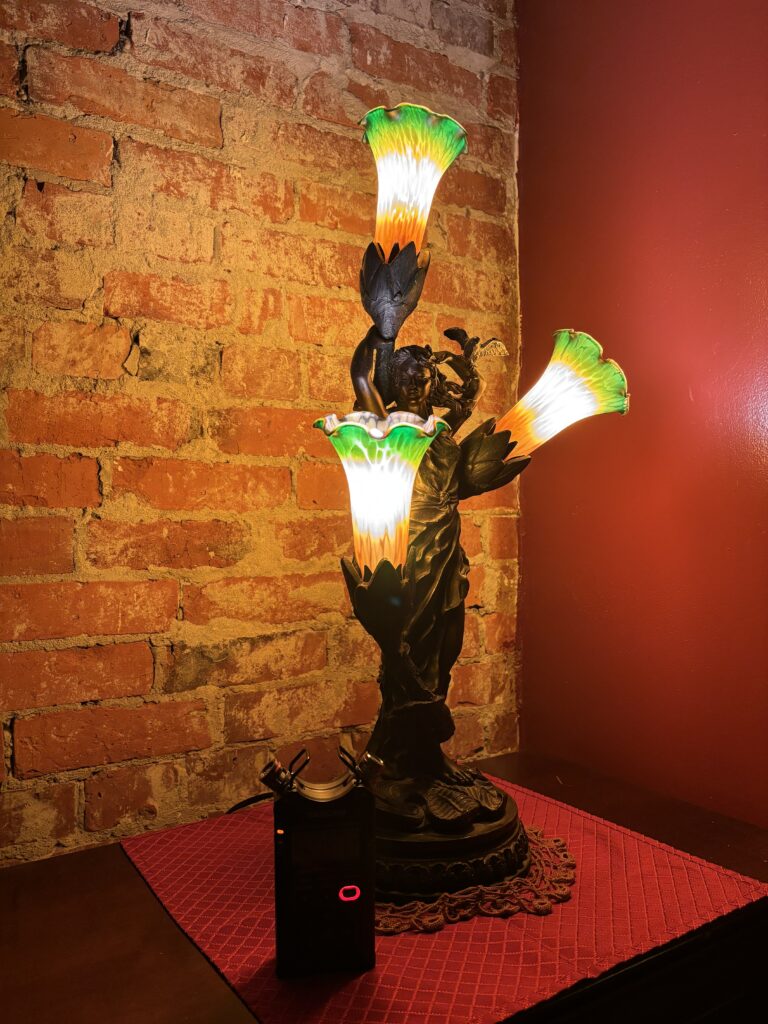
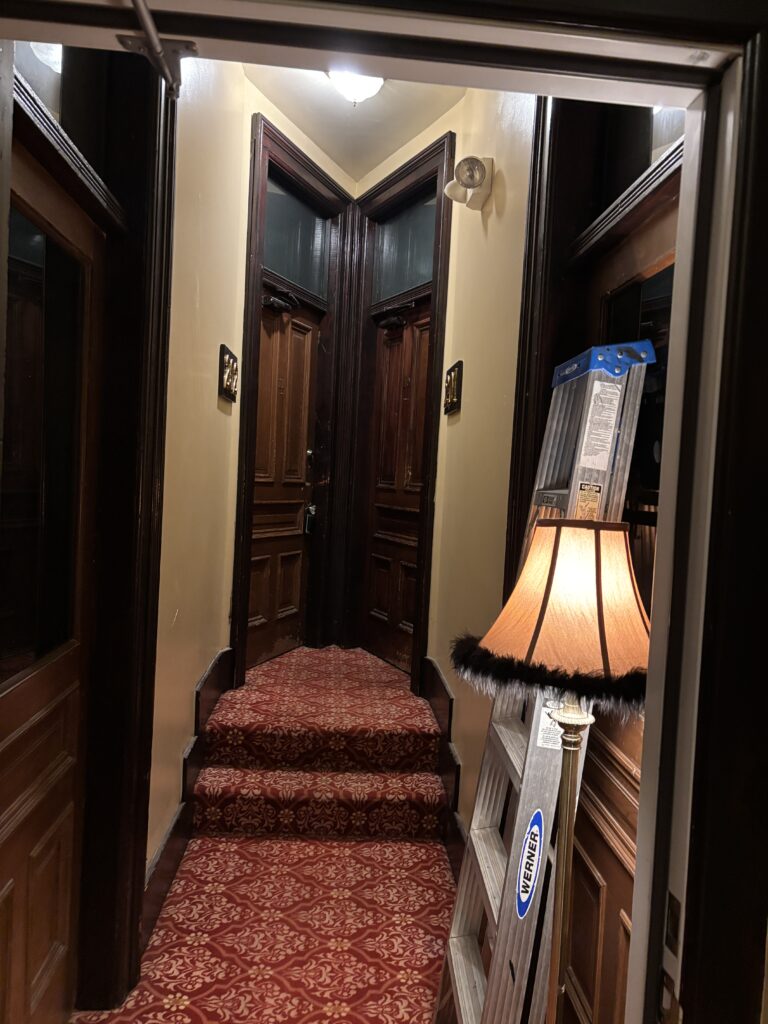
2. A Building with Multiple Lives
Over the decades, Merchant’s wore many hats:
- As noted, a saloon and hotel/brothel in its early years.
- During Prohibition it reportedly operated as a speakeasy and card room.
- Later: a café, cigar shop (look for the “Havana Cigars” stained glass) and restaurant.
- The upstairs rooms that once served less‐official uses are now boutique apartments or short-stay spaces (not publicly brothel any more!).
This varied past adds to the character — and also to the haunted reputation.
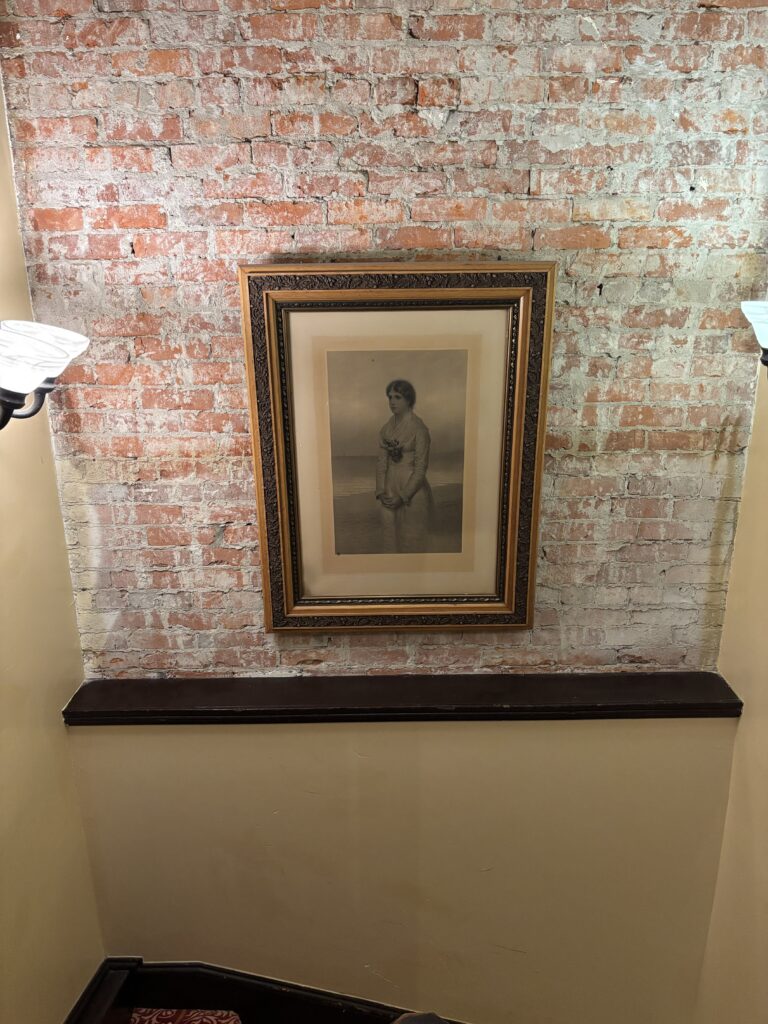
3. Ghost Stories & Paranormal Claims
Merchant’s embraces its haunted identity, with documented ghost-stories, paranormal investigations, and staff anecdotes galore. Here are several of the more vivid ones:
The Haunted Portrait (“Oriental Dancing Girl”)
- A painting of one of the former “seamstresses” from the upstairs brothel hangs in the bar’s back wall. The story goes that the woman in the painting appears to move her eyes, shift position, or be seen standing in front of a vanity in a photo that wasn’t there in the original image.
- According to the café’s owner: she took a photo of the painting leaning against a wall and saw additional furniture, a ladder, reflections, objects in the photo that weren’t present at the time.
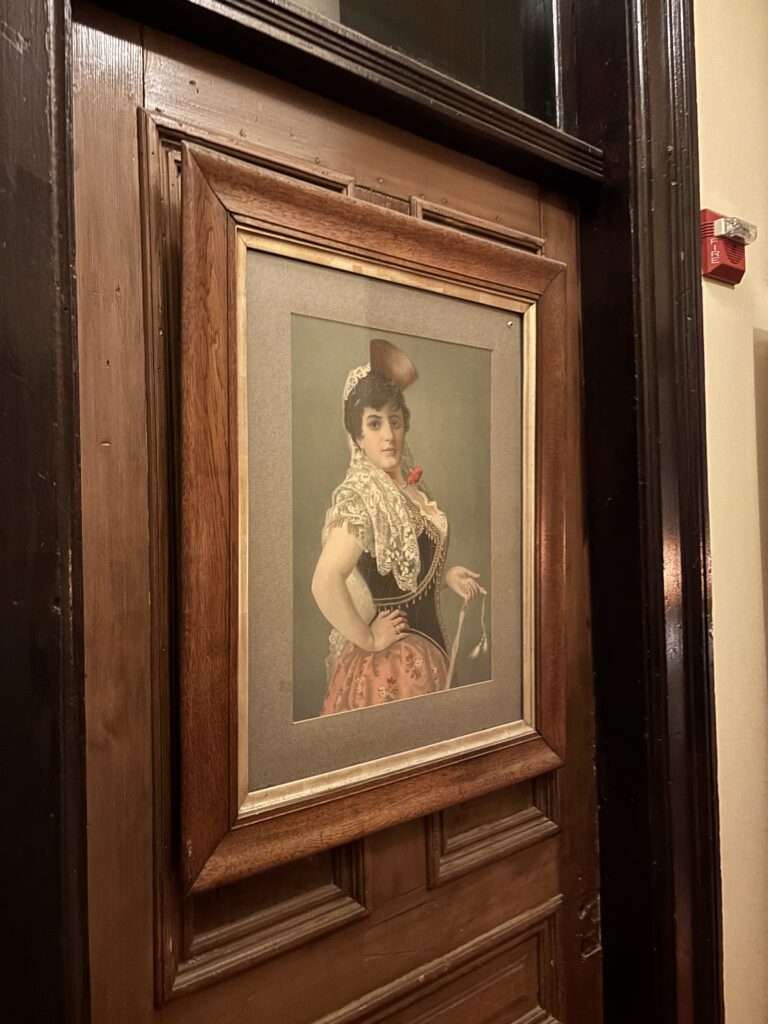
“Otto” — The Ghostly Manager
- One spirit is said to be “Otto”, a manager circa early 1900s, still “managing” the place. For example: a bartender asked Otto to turn off the TV — it went off instantly.
- Bottles of wine above the safe were thrown off the rack overnight (no forced entry) following a new wine rack installation. The phantom had apparently objected. A shot of whisky is now left on the safe as an offering.
Children’s Spirits in the Basement
- The basement of the building (and adjacent spaces) is known for being a particularly active area. Rumour: in a 1938 fire, two children (a boy and a girl) died and their spirits linger, often seen or heard playing in the cellar/semi-underground space.
- Employees report tugging of shirts from behind when alone in the back, small shadow figures, footsteps when no one’s there, laughter.
Women’s Restroom & Slamming Doors
- The women’s restroom (and sometimes men’s, adjacent basement spaces) is a hotspot: doors slam by themselves, faucets turn on/off, whispering voices in men’s ears, a female apparition.
General ‘haunted binder’ and ghost-tour participation
- The staff keep a binder full of reported strange incidents. The building is a stop for ghost-tours in Pioneer Square.
So yes — if you’re into ghost stories, Merchant’s offers plenty of lore and atmosphere.
4. Why the hauntings might make sense
Given the building’s back-story, the ghost tales feel consonant with its past:
- A building that housed a brothel, saloon and card-room creates plenty of emotional energy, some might say “residual energy.”
- It survived major events: the Great Seattle Fire, social upheavals, changing uses, loneliness of transient frontier workers — all ripe for shadowy stories.
- The basement and underground spaces are physically old, less light, more hidden — ghost-friendly in the sense of ambience.
So whether you believe in actual ghosts or just in atmosphere, the place certainly feels storied.
5. Visiting with context
If you plan to stop by:
- Ask the bartender about the ghost binder; many staff are familiar with the lore and some share experiences.
- If you’re interested in the supernatural, the basement area and restrooms are where many of the claims focus.
- Bring a camera (many visitors have taken “weird” photos), but don’t expect a guaranteed ghost-photo; it’s more about the story and the place.
- Evening visits may have more atmosphere (shadows, echoing steps) although the bar is active so you’ll still have other patrons.
Practical tips — parking & safety
Pioneer Square is a dense, historic neighborhood; street parking is limited and regulated, and most visitors end up using nearby parking garages or booking a SpotHero/Same-day lot in advance. If you’re driving, plan for parking — expect to hunt, pay for a garage, or reserve a spot ahead of time during busy evenings. Public transit or a short rideshare can save hassle.
One more practical note: Pioneer Square sees a lot of foot traffic and, like many busy city neighborhoods, petty car break-ins do happen from time to time. Don’t leave valuables visible in your car; stow them in the trunk or take them with you. Several nearby hotels and parking operators even remind guests of the same. (Basic, boring but important: lock doors and hide bags.)
Should you go?
Yes, if you enjoy historic places with personality — and if you like the idea of a bar that leans into its ghosts. Go for the ambiance, the sense of continuity with old Seattle, and the stories. Don’t go if you need everything to be spotless and the newest. And whatever you do: plan where you’ll park, and don’t leave valuables visible in your car.
